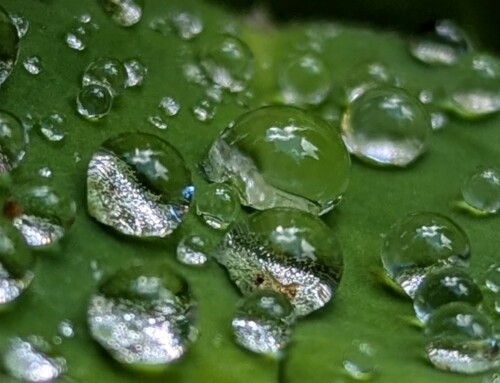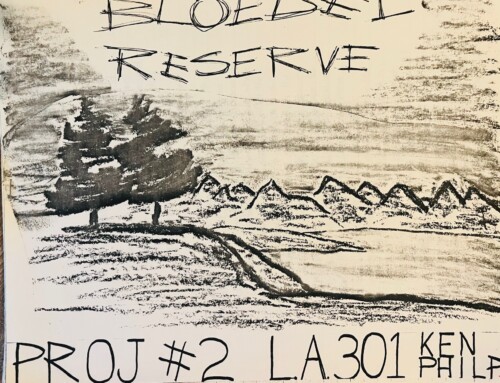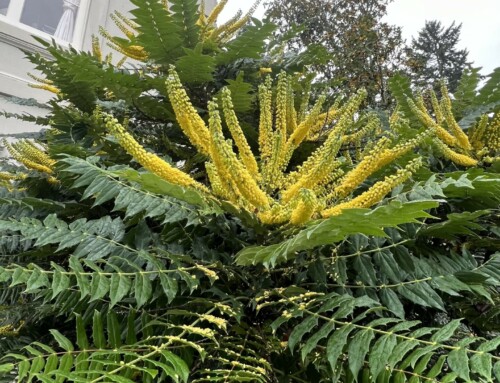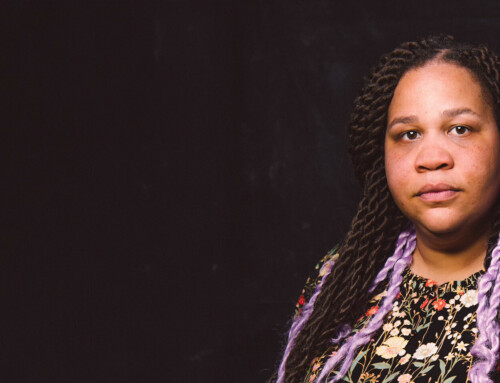The Evolution of a Book: A Conversation with Lawrence Kreisman
First published in 1988 by the Arbor Fund, The Bloedel Reserve: Gardens in the Forest remains the definitive history of the Bloedel Reserve. Meticulously researched and beautifully written by noted historian Lawrence Kreisman, the book continues to be an essential resource for anyone interested in the story of this remarkable place.
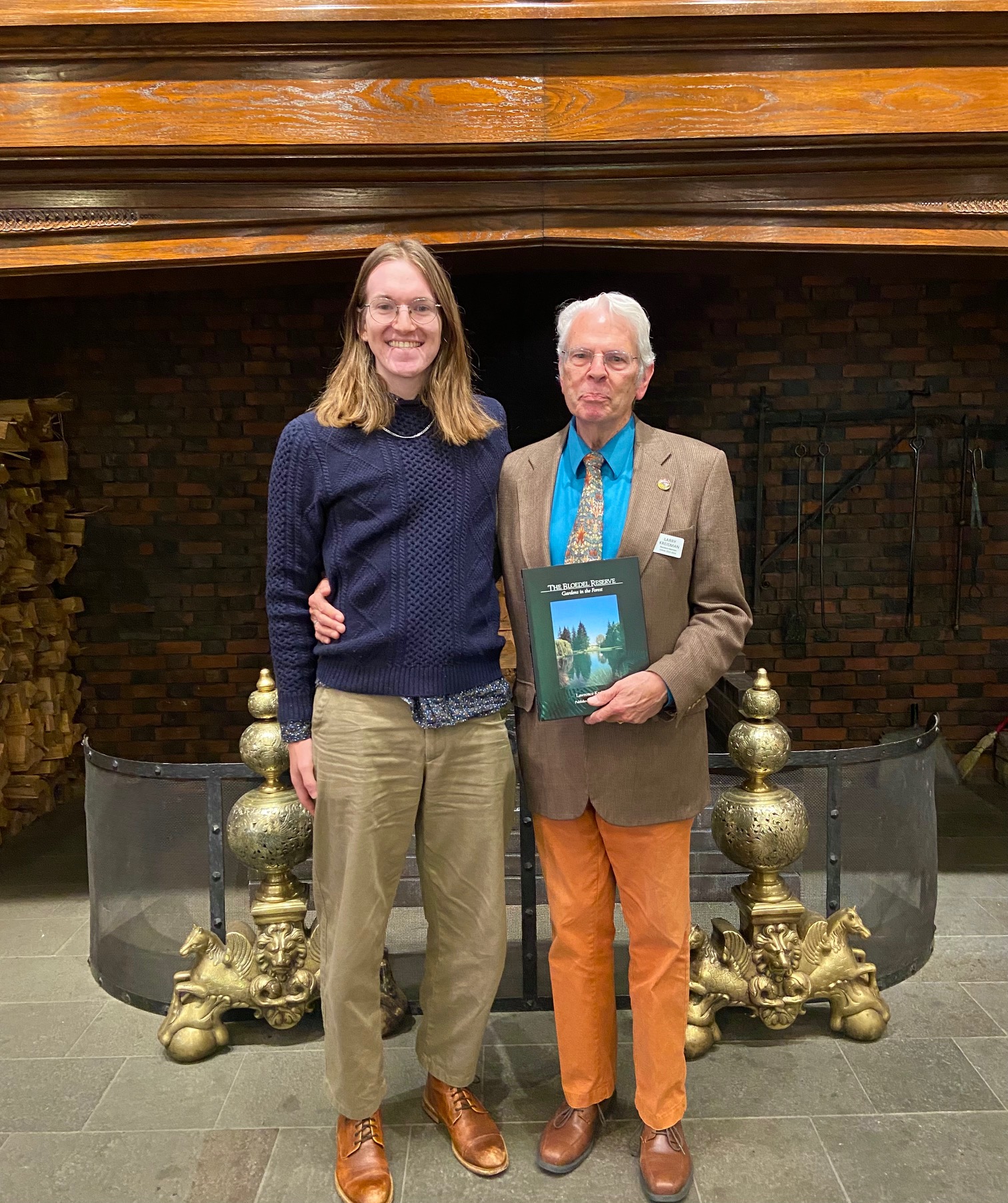
Recently, volunteer Jane Carlin and graduate student Kyle Mahoney met with Mr. Kreisman at the Rainier Club in Seattle to learn more about the evolution of this publication; how it came to be, and the collaborative effort that brought it to life.
A Book Takes Root
Discussions about producing a book on the Bloedel Reserve began in earnest in September 1987, under the direction of Bloedel Reserve’s then Executive Director, Richard Brown. The goal was to create a publication that would orient visitors to the Reserve, offering both a historical overview and a visual introduction to the landscape through vivid photography and engaging narrative.
A small but talented core team of three took on the challenge: historian Lawrence Kreisman, photographer Mary Randlett, and graphic designer Virginia Hand. Together, they formed a creative partnership that reflected the spirit of the Reserve itself; collaborative, inspired, and deeply attuned to place.
The Team Behind the Book
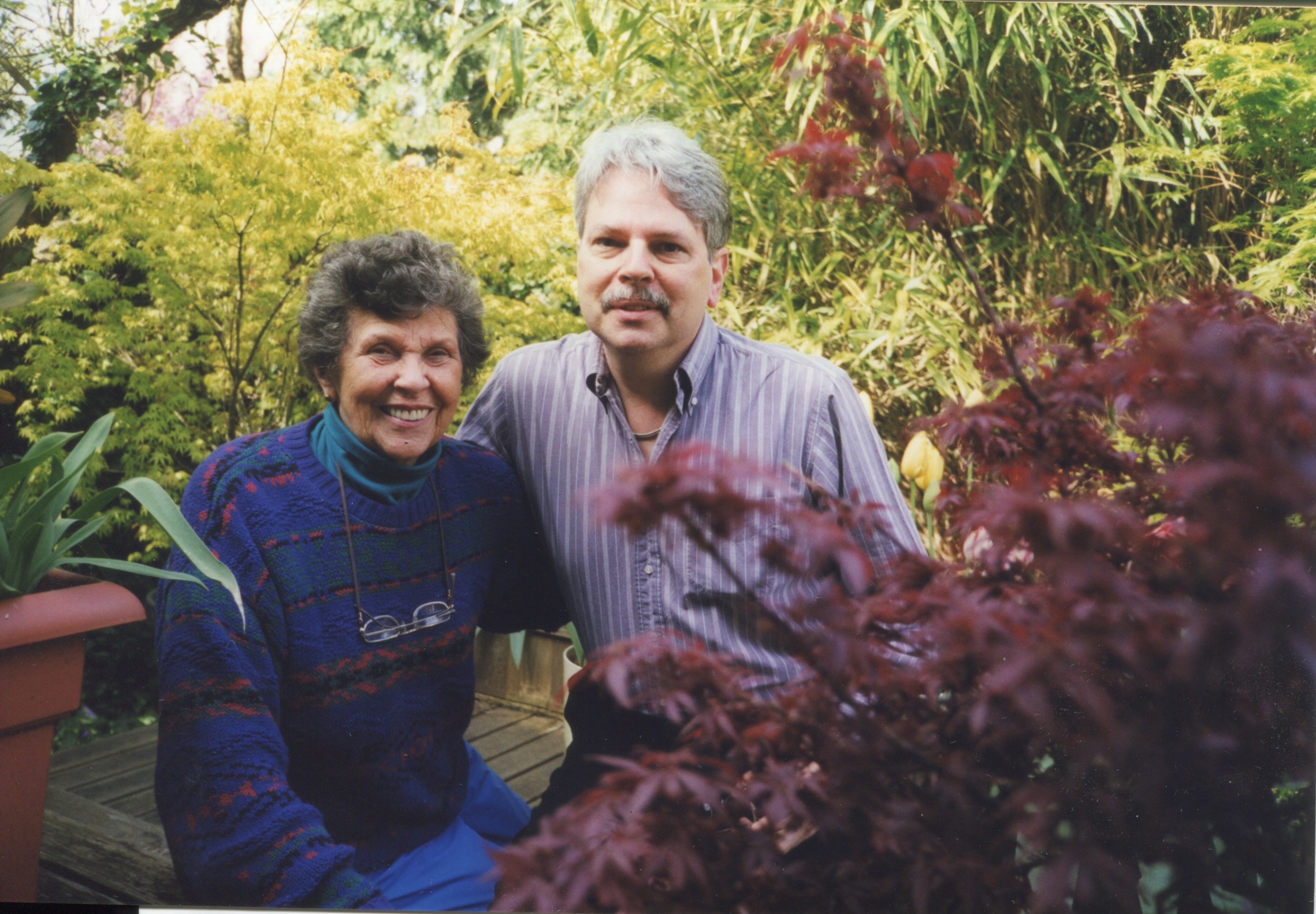
Mary Randlett and Lawrence Kreisman
Lawrence Kreisman, the project coordinator and author, brought a wealth of expertise to the endeavor. An architectural historian, author, exhibit designer, and educator, he holds master’s degrees in English Literature (University of Chicago) and Architecture (University of Washington). His prior work with the City of Seattle, King County, Historic Seattle Preservation and Development Authority, and numerous regional museums and heritage organizations made him uniquely suited to tell the Bloedel story.
Mary Randlett, the book’s photographer, was already well known for her sensitive portrayals of Pacific Northwest artists, writers, and landscapes. A longtime Bainbridge Island resident and personal friend of the Bloedel family, her photographs captured the Reserve’s quiet grandeur. Many of her images still grace the Residence today. Kreisman recalls she was really the driving force behind promoting a publication on the Reserve.
Virginia Hand, the graphic designer, was a frequent collaborator with Kreisman on other projects that involved the interpretation of historical materials. Her keen eye ensured that archival drawings, plans, and photographs were presented with clarity and grace.
The project also benefited from the expertise of David Streatfield, who at the time was an associate professor in the University of Washington’s Department of Landscape Architecture, who provided historical commentary on the design and evolution of the Reserve’s landscapes. Streatfield eventually became a full professor and served as the Chair of Landscape Architecture from 1992 to 1996.
Research and Collaboration
The team had a strong foundation to build upon. The Bloedel family had already conducted extensive research into the property’s ownership history, gathered transcripts of interviews and family recollections, and assembled a wealth of archival materials such as maps, architectural drawings, photographs, and renderings which documented the Reserve’s development from its early years into the 1980s.
Throughout 1987 and 1988, the team met frequently to refine text, review illustrations, and finalize design decisions. Kreisman recalls how Randlett would pick him up at the Bainbridge ferry and drive him to the Residence, where he would pour over historical records and photographs. Meetings with Richard “Dick” Brown, Virginia Bloedel Wright (Prentice and Virginia Bloedel’s daughter), and Bagley Wright were also instrumental in shaping the final publication.
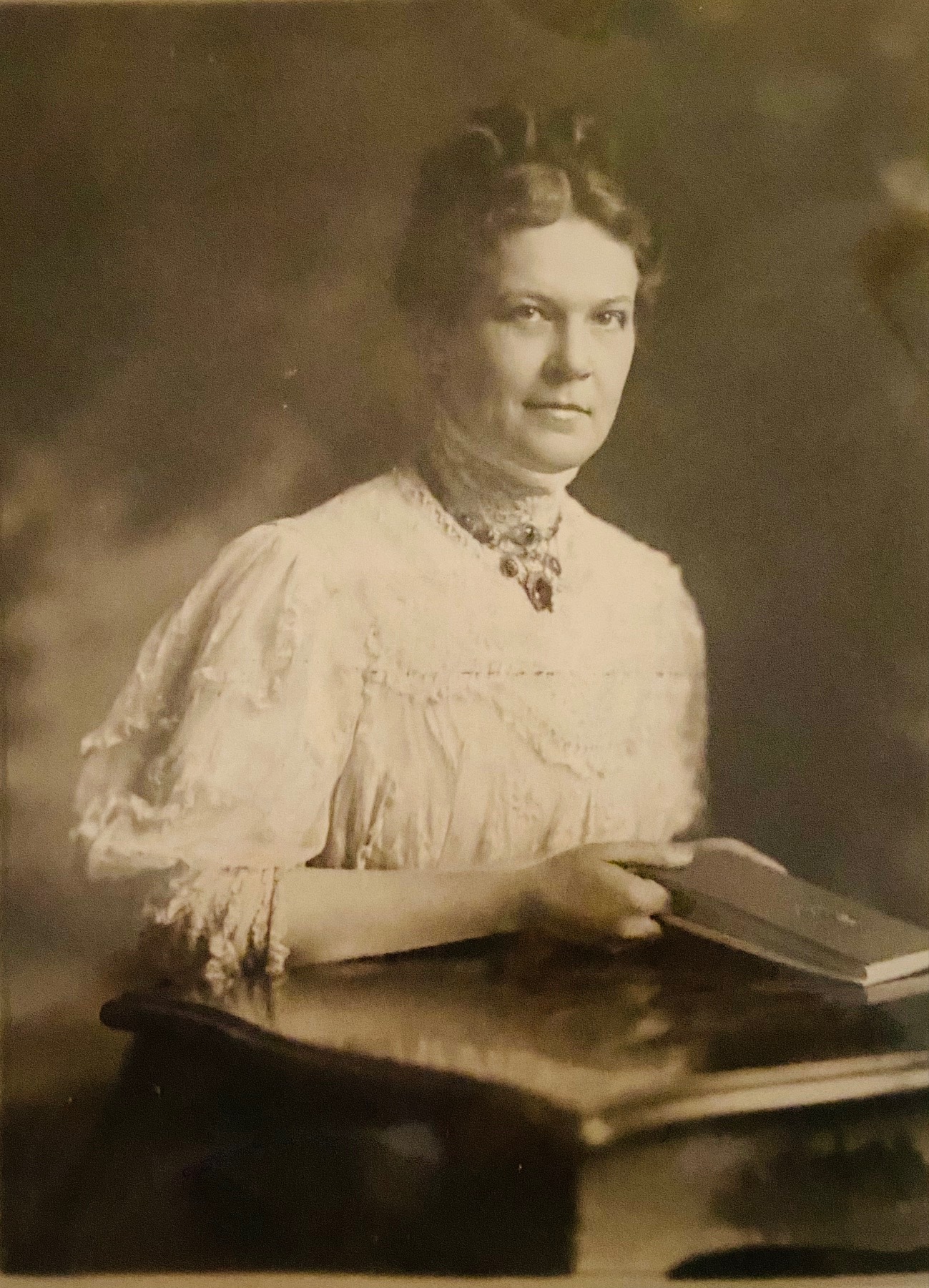
Mrs. Collins
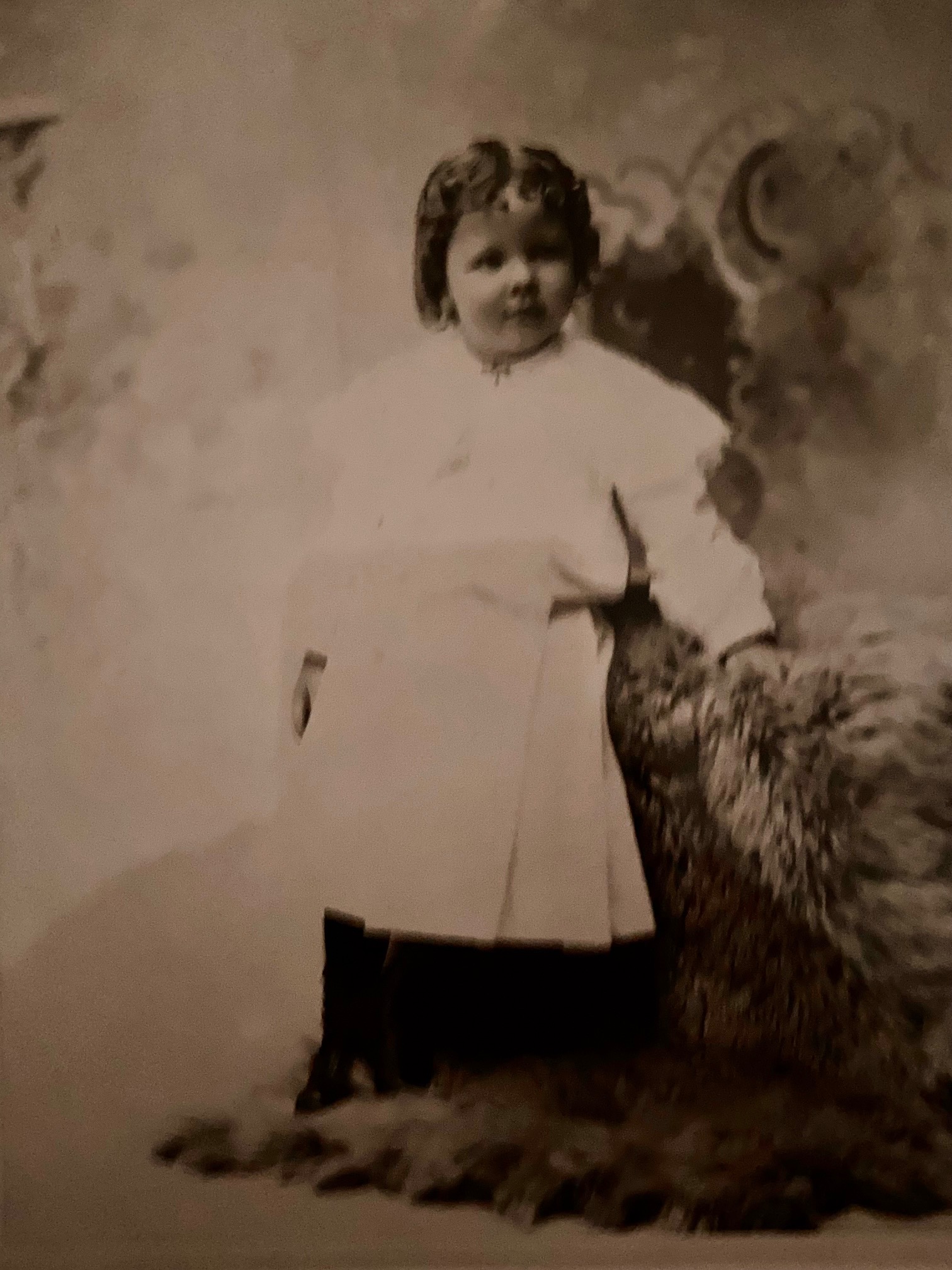
Bertie Collins
During their conversation with Mr. Kreisman, Jane and Kyle were delighted to see a photo album from his research which is a treasure trove of early images of the Collins family, the property’s original owners. Among them were charming portraits of Angela Collins and her son Bertie, which were photos considered for publication, but in the end not included in the book, offering a rare glimpse into the lives of the Reserve’s first residents.
Bringing the Book to Life
By September 1988, the book was ready for printing. Kreisman and designer Virginia Hand were deeply involved in the production process. As Kreisman noted at the time: “Since Tuesday, Virginia and I have been doing press checks every four to six hours. It’s been a complex project requiring a great deal of fine tuning to get the colors to match the original photographs and, in some cases, improve upon them.”
On October 26, 1988, the Reserve hosted a launch celebration to mark the publication of The Bloedel Reserve: Gardens in the Forest, published under the imprint of the Arbor Fund.
A Book That Endures
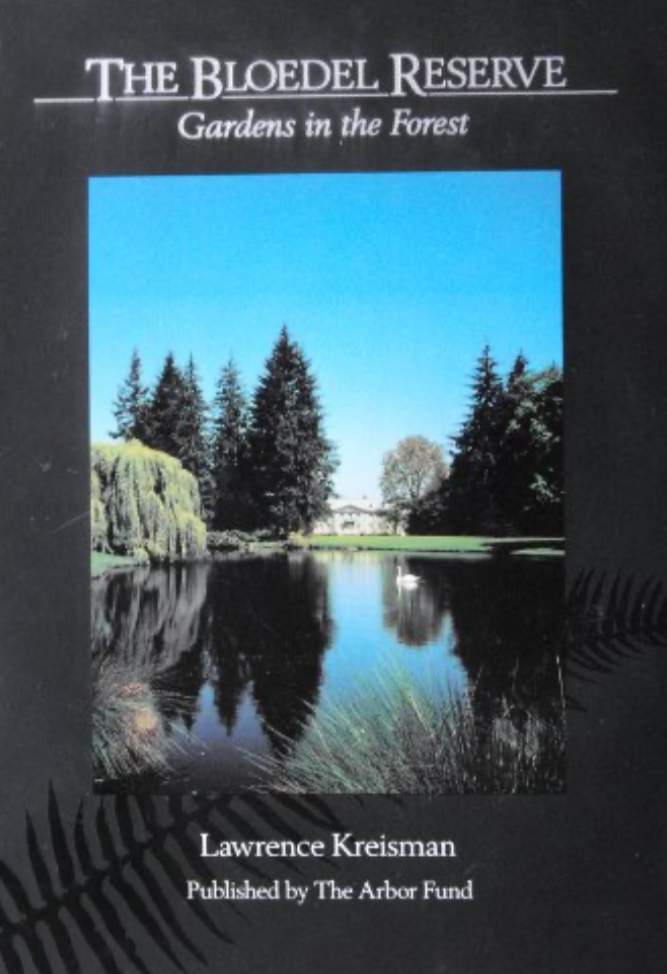 The original press release described the book as: “A celebration of the public opening of one of the Northwest’s most beautiful private gardens…a book about how a garden grows. It is also a book about Pacific Northwest history—about the Suquamish tribes who lived on the land, the government that traded for it, loggers who cleared it, a pioneer family that built upon it, and a lumber family who ultimately reclaimed it and lovingly planted it for the public to enjoy.”
The original press release described the book as: “A celebration of the public opening of one of the Northwest’s most beautiful private gardens…a book about how a garden grows. It is also a book about Pacific Northwest history—about the Suquamish tribes who lived on the land, the government that traded for it, loggers who cleared it, a pioneer family that built upon it, and a lumber family who ultimately reclaimed it and lovingly planted it for the public to enjoy.”
The publication remains a remarkable record of vision and stewardship telling the story of how Prentice and Virginia Bloedel sought to demonstrate “man working harmoniously with nature; where his power to manage is used cautiously and wisely.”
Nearly four decades later, the book stands as both a historical document and a work of art in its own right, a testament to the collaboration, creativity, and care that shaped the Bloedel Reserve.
–Written by Volunteer Jane Carlin
Acknowledgement/Sources
Kreisman, Lawrence, and Arbor Fund. The Bloedel Reserve : Gardens in the Forest. Arbor Fund and the Bloedel Reserve. 1988.
The book is out of print, but available for browsing at the Residence and copies are available for purchase via many booksellers.


